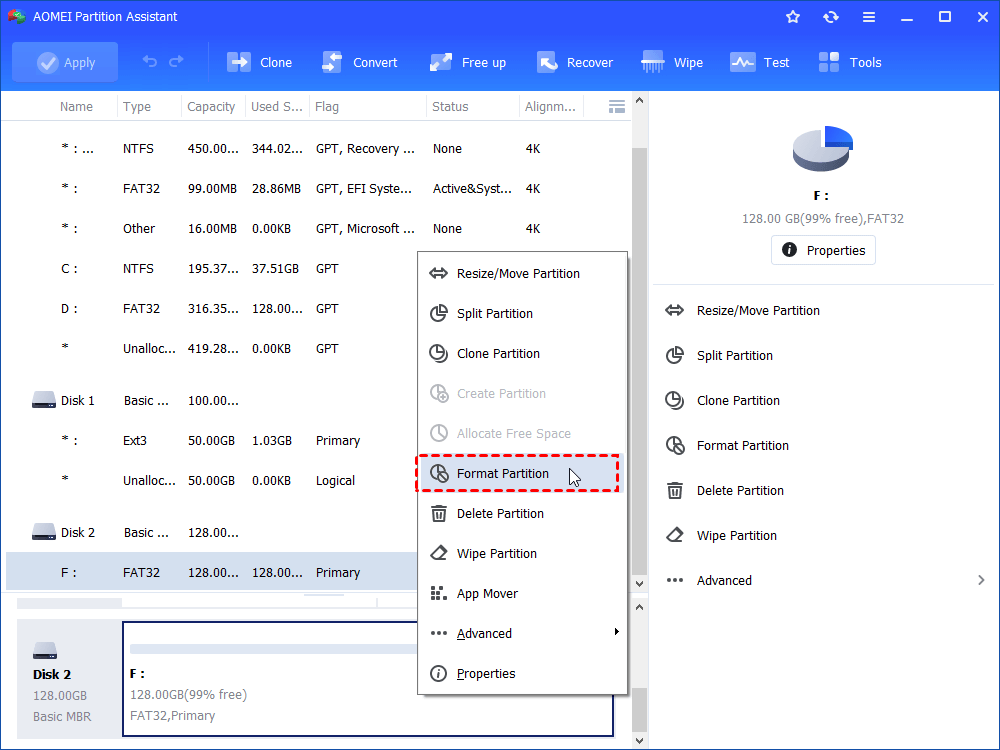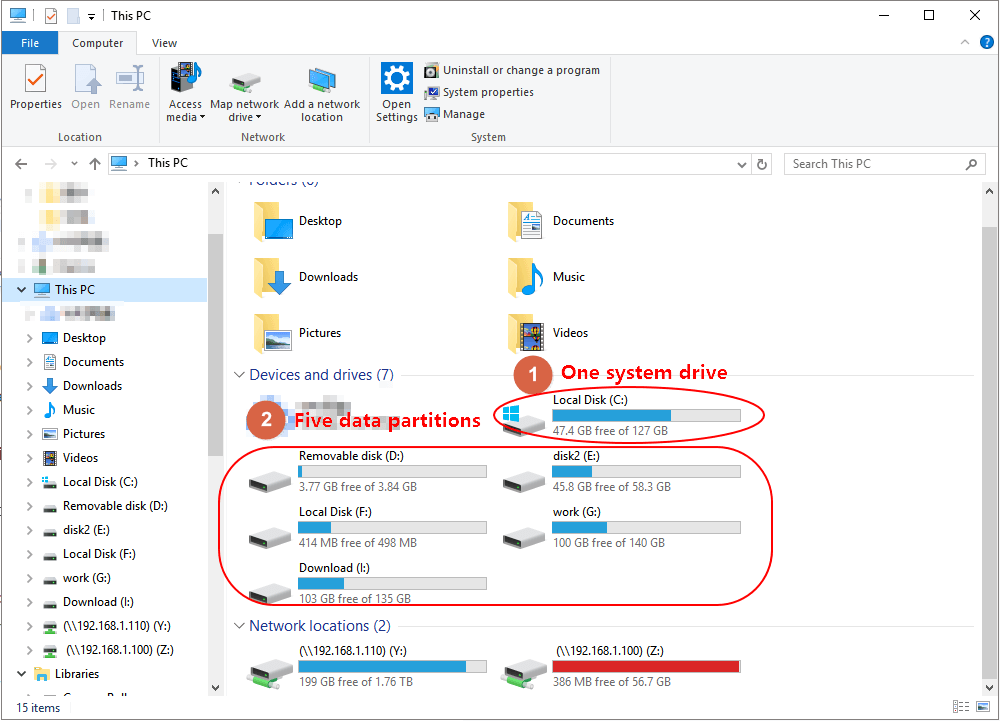
Shred, Disintegrate, Pulverize, or Incinerate by burning the device in a licensed incinerator. Finally for DESTROY, which I am guessing is the only 100% guaranteed way, they recommend:

For PURGE they recommend a more complex procedure using the ATA sanitize command or the block erase command or cryptographic erase command. According to the NIST Standards for CLEAR you can overwrite with at least one pass of fixed data such as zeros, but multiple passes or more complex values can be alternatively used. The United States Department of Defense recommends using a 7 pass wipe to clean media, but most in the commercial space have adopted the NIST 800-88 Clear and Purge Standards. Additionally if using a SSD or other flash-based media, its important to note that the number of overwrites may significantly reduce the effective lifetime of the media. However, the more passes you do the longer it will take. The more times a sector is written on, the harder it will be to recover any original data there. Thus, in our example above if you use /P:3, then during the formatting process first every sector will be zeroed, then it will write to each sector 3 more times with a random number. However, if you use a number greater than zero, the volume will be overwritten times using a different random number each time.

No additional overwrites are made after zeroing in this case. When using the /P switch, if the count is zero /P:0 every sector on the hard drive will be zeroed during formatting.

We aren't doing that here, and this type of secure format will take much longer. This switch will be ignored if also using the \Q switch which tells you to perform a quick format. The /P switch is the key to ensuring that formatting is done in a secure manner. Once in there you would click on Command Prompt. Alternatively, you can use Window's Recovery Console and the Repair Your Computer option which you can get to by pressing F8 numerous times after restarting your computer, and before the Windows Graphics appear. You can get around this by setting up Windows on another drive (you are planning to do that in this case right?), and then when running the OS From that drive run the command above to delete the old hard drive using the appropriate drive letter. If your main Windows OS is on drive C:, and it is drive C: that are you wanting to completely delete, then you may encounter issues trying to run the above commands with errors that you cannot lock the drive, or that the volume is still in use.


 0 kommentar(er)
0 kommentar(er)
